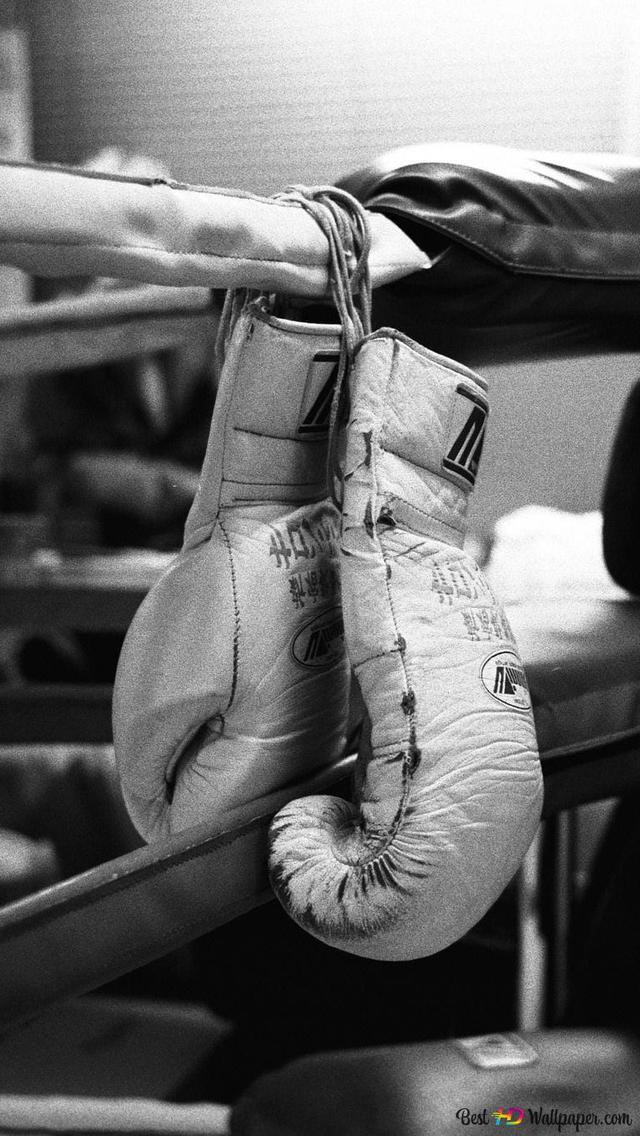
Boxing is a physically demanding and intense sport that requires proper equipment for safety and performance. One of the most crucial pieces of equipment is boxing gloves. While many people might overlook the importance of choosing the right size boxing gloves, it is essential for both the safety of the boxer and the effectiveness of their training or competition. In this article, we will delve into the significance of selecting the appropriate size boxing gloves and discuss the factors that should be considered in making this decision.
Boxing gloves serve multiple purposes, including protecting the hands and wrists of the boxer, cushioning the impact on opponents, and ensuring a fair fight. Choosing the wrong size gloves can compromise these functions, leading to injuries, impaired performance, and even unfair competition. Therefore, it is vital to understand how to determine the correct size and fit for boxing gloves.
The first step in choosing the right size boxing gloves is to consider the weight of the gloves. Boxing gloves are available in various weights, typically ranging from 8 ounces to 20 ounces. The weight of the gloves refers to the amount of padding inside. Generally, heavier gloves provide more padding and protection, while lighter gloves offer greater speed and maneuverability. However, the weight of the gloves should be appropriate for the purpose and skill level of the boxer.
For training purposes, it is common to use gloves ranging from 12 to 16 ounces. This weight provides adequate protection for the hands and wrists during sparring sessions or bag work. On the other hand, professional boxers often opt for lighter gloves, such as 8 or 10 ounces, to maximize speed and agility during fights. It is crucial to note that the weight of the gloves should comply with the regulations set by the boxing organization or event in which the boxer participates.
Apart from weight, the size of the boxing gloves is equally crucial. The size refers to the physical dimensions of the gloves, particularly the circumference or width of the glove. The size is typically indicated by the number of ounces, such as 12 oz or 16 oz. In general, the size of the gloves should match the size of the boxer’s hands, ensuring a snug and comfortable fit.
When choosing the size of the gloves, the circumference of the hand and the desired fit must be considered. Gloves that are too tight can restrict hand movement, leading to discomfort and decreased performance. Conversely, gloves that are too loose can shift during punches, reducing the impact and potentially causing injuries. Therefore, finding the right balance between a snug fit and adequate hand movement is essential.
For instance, a hand circumference of 7.5 to 8.5 inches usually corresponds to a glove size of 12 oz, while a hand circumference of 8.5 to 9.5 inches may require a glove size of 14 oz. It is important to consult a size chart or seek advice from an experienced professional to ensure accurate sizing.
In addition to hand size, another factor to consider when choosing the right size gloves is the purpose of the gloves. Training gloves, which are usually heavier and provide more padding, are suitable for bag work, mitt training, or conditioning exercises. Competition gloves, often lighter and more streamlined, should adhere to the regulations of the governing body overseeing the event.
An often neglected aspect of choosing the right size boxing gloves is considering the physical characteristics and skill level of the boxer. Boxers with larger hands may require gloves with wider cuffs and more room in the palm area, while those with smaller hands might need gloves with a narrower fit. Additionally, novice boxers or individuals who are new to the sport may benefit from gloves with extra padding and support to prevent injuries and aid in proper technique development. Experienced boxers, on the other hand, may prefer gloves that offer a more natural feel and allow for greater hand speed and maneuverability.

